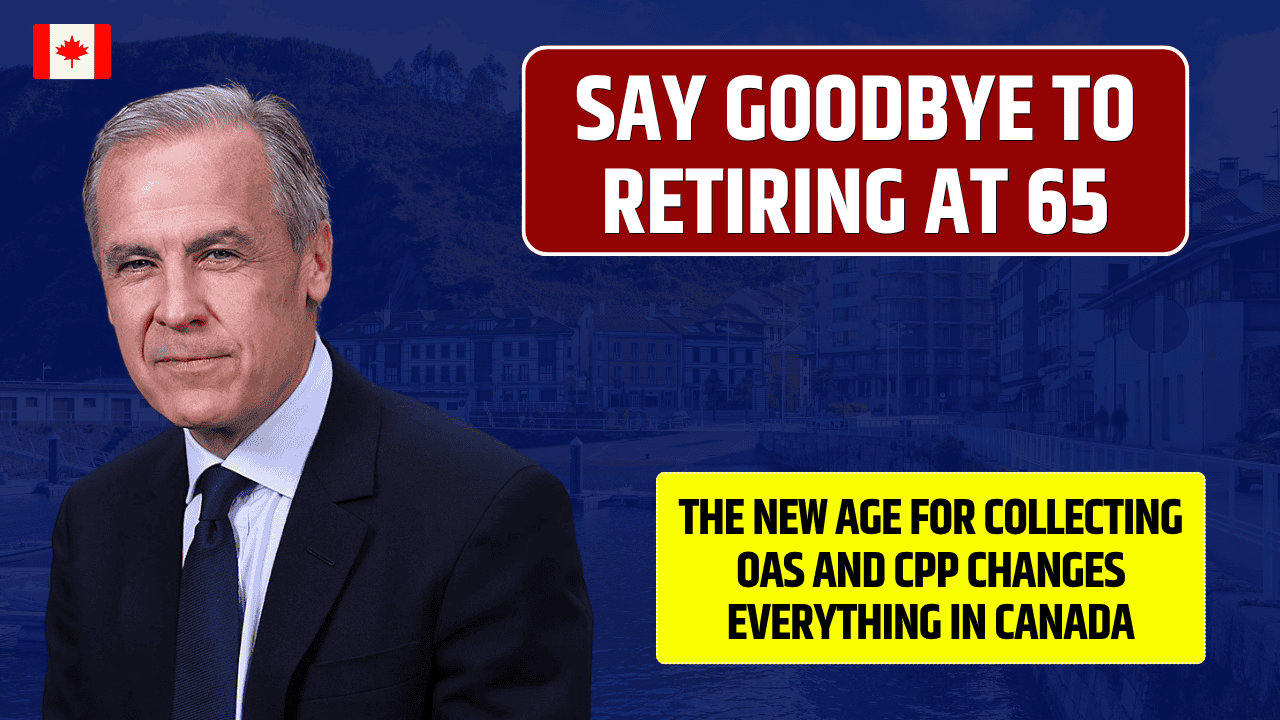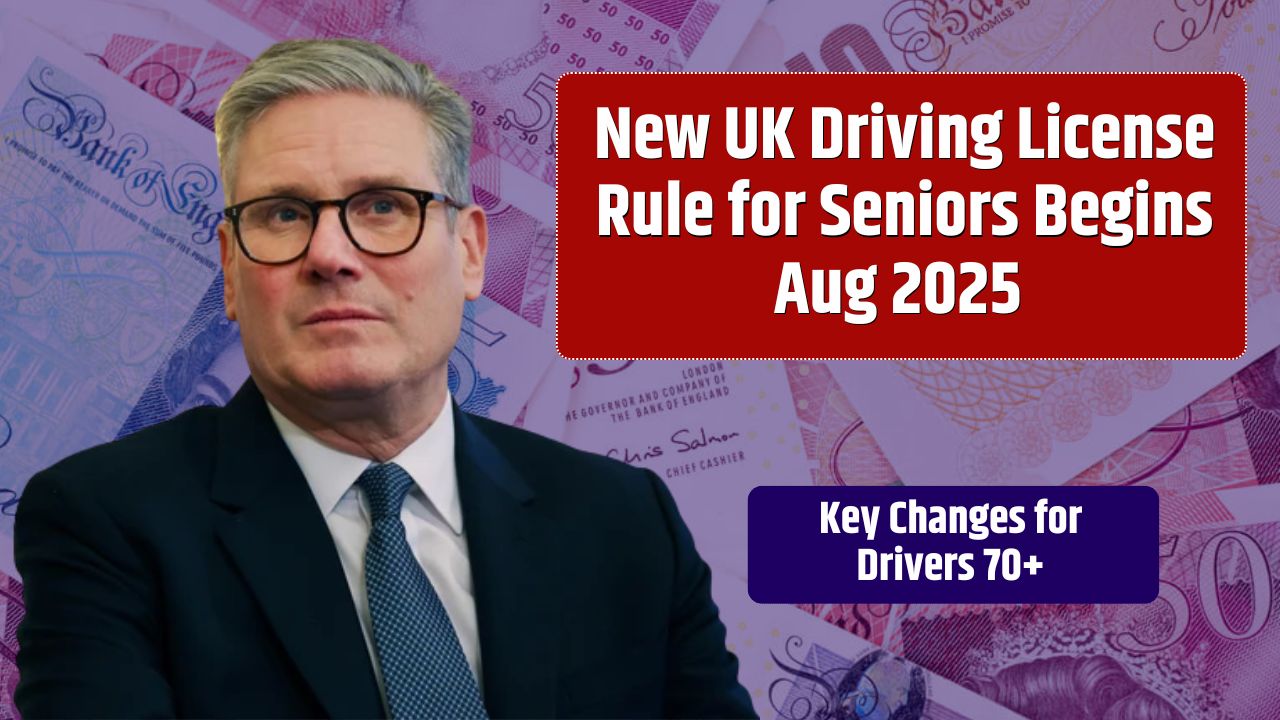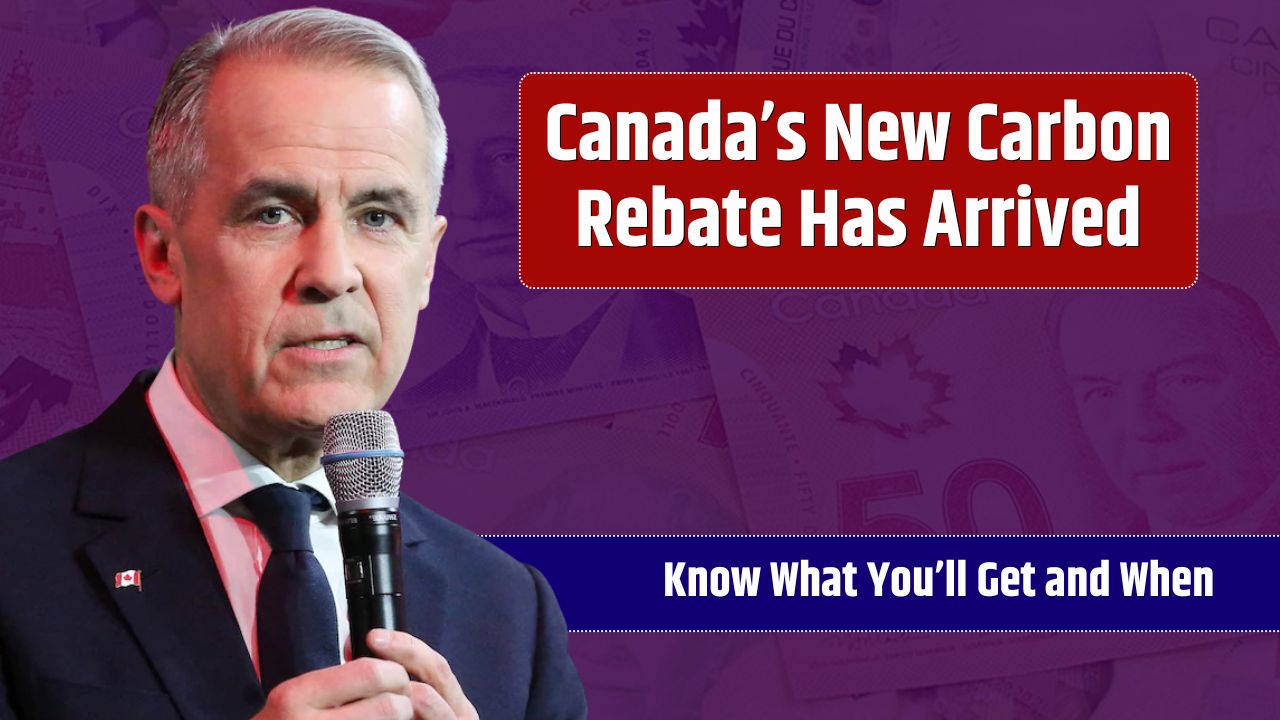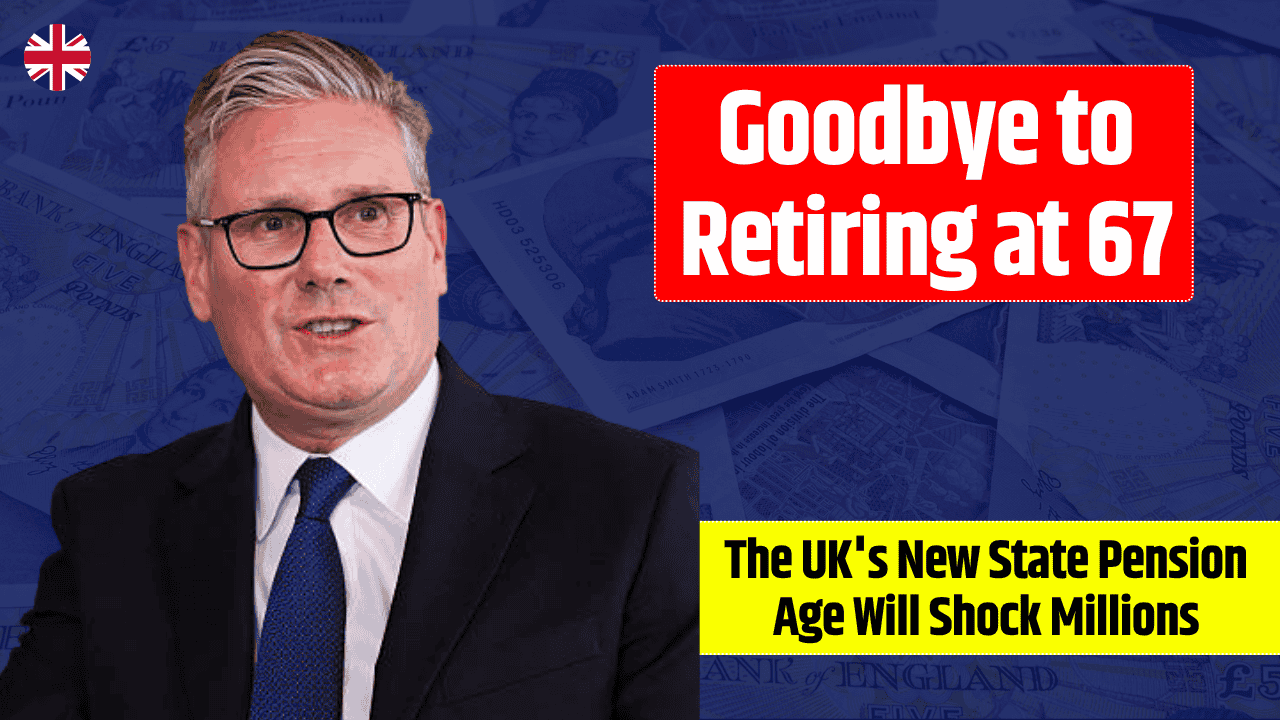For decades, turning 65 in Canada meant one thing: time to hang up your boots and start collecting OAS and CPP. You’d worked hard, maybe raised a family, paid off your mortgage (hopefully), and now it was your time. That golden number, 65, was basically the finish line.
But the finish line’s moving. Fast.
More Canadians are living well into their 80s and 90s. They’re staying active, traveling, working part-time, even launching second careers. At the same time, everything from eggs to eyeglasses costs more. Retiring at 65 doesn’t feel like the grand finale anymore—it’s more like halftime. So if you’re wondering whether you should rethink your retirement timing, you’re not alone.
Table of Contents
How OAS and CPP Are Changing the Retirement Game
First things first: yes, you can still start collecting CPP as early as age 60 and OAS at 65. That hasn’t changed.
But here’s what’s different now—waiting pays off. Big time.
Delaying your CPP until age 70? That’ll bump your monthly payout up by 42%. OAS? That’ll grow by 36% if you wait until 70. These aren’t just abstract math exercises. We’re talking thousands of dollars over the course of your retirement.
Here’s a quick look at how those numbers stack up:
| Benefit Type | Start Age | Monthly Increase | Total Impact by 70 |
|---|---|---|---|
| CPP | 60 | -0.6% per month | Up to 36% decrease |
| CPP | 70 | +0.7% per month | Up to 42% increase |
| OAS | 70 | +0.6% per month | 36% increase |
Of course, there’s a catch: you’ve got to live long enough to enjoy those higher payments. If your health isn’t great or you need the money now, early collection might still be the right call.
Age 65 Isn’t the Retirement Default Anymore
Back in the day, retiring at 65 was a done deal. These days? Not so much.
People are living longer, and that means longer retirements—sometimes 25 or even 30 years. That’s a long time to rely on a fixed income. Inflation doesn’t take retirement into account, either. Groceries, gas, housing—everything keeps going up, and fixed benefits don’t always keep pace.
Read Also- $1,702 Relief Payments Announced for 2025 – Who Will Get Paid
So what does that mean for you?
It means you’ve got to plan smarter. Think about your future self at 85 or 90. Will they have enough? The safest route might be working a few more years, delaying those benefits, and building a buffer.
The Real Cost of Living Longer
Let’s be honest. Retiring isn’t just about freedom—it’s also about money. And with today’s prices, that money doesn’t go as far as it used to.
Rent’s gone up. So has food, transit, and medical expenses. That’s why many seniors are either delaying retirement or picking up part-time gigs to stretch their budgets. And it’s not just about money—some folks genuinely enjoy the work and the routine.
But the fact remains: retiring at 65 without a financial cushion is riskier than it used to be.
Why the Government Pays You to Wait
Here’s where things get interesting.
The Canadian government wants you to wait. That’s why they offer these bonus increases if you delay collecting your pension. Start CPP at 60? You’re looking at a cut of 0.6% per month—up to a 36% total reduction by 65. But if you wait until 70, you get 0.7% extra per month, maxing out at a 42% bonus.
OAS has a similar deal: delay from 65 to 70, and you’ll see a 36% increase.
This isn’t charity—it’s strategy. The system is built to encourage people to retire later, especially those who can afford to. And honestly, it makes sense. If you wait five years to draw your benefits, the government gets to hold onto that money longer—and you get more for your patience.
Could Retirement Ages Go Even Higher
Remember when the government floated the idea of raising the OAS eligibility age to 67? That plan got scrapped in 2016. But with an aging population and fewer workers supporting the system, that conversation isn’t over.
Plenty of other countries have already nudged their retirement ages higher. It wouldn’t be shocking if Canada revisits the idea in the coming years.
Bottom line? Build a plan that’s flexible enough to roll with future changes. Don’t assume that the age rules will stay frozen forever.
Retirement Looks Different Now—And That’s Okay
Here’s a stat for you: about 1 in 5 Canadians over 65 is still working. That’s twice the rate we saw twenty years ago.
Some do it because they need the money. Others just enjoy the challenge, the structure, or the social connection. Retirement doesn’t have to be a cold turkey exit. It can be a slow fade into new projects, freelance gigs, or part-time work.
More Canadians are embracing phased retirement, and that’s a good thing. It gives you time to adjust, keeps the income flowing, and helps stretch those savings.
No One Right Answer
The truth is, there’s no single best retirement age. It’s personal. Some people feel done at 60, others are just hitting their stride at 70.
Ask yourself:
- Are you healthy enough to keep working?
- Do you have enough saved to retire early?
- Can you afford to wait for bigger CPP and OAS payouts?
Retirement planning isn’t a math problem. It’s a life puzzle. The more options you give yourself, the better your chances of getting it right.
FAQs:
Can I still retire at 65 in Canada?
Sure—but whether it’s financially smart depends on your personal situation.
Is the OAS age going to increase in the future?
Not right now, but it’s something that might resurface as economic pressures grow.
Does delaying CPP or OAS really pay off?
If you’re in good health and don’t need the money immediately, yes—it can make a big difference over time.
Can I keep working while collecting OAS or CPP?
Yes, you can. But high income might trigger OAS clawbacks, so be mindful of your earnings.
How long should I plan for retirement?
Aim for at least 25–30 years, especially if you’re retiring in your 60s.





















